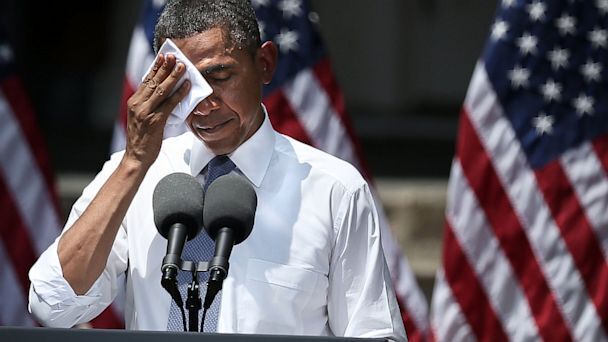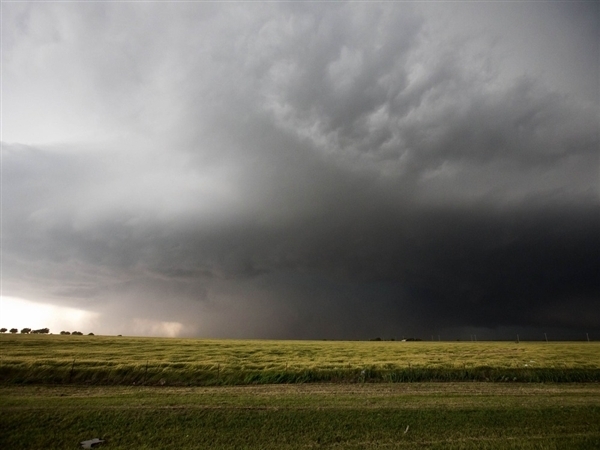Montana Congressman Steve Daines believes that there is “compelling” evidence that solar cycles, not industrial pollution, are causing global warming. In a 2012 radio interview unearthed by Hill Heat, then-candidate Daines (R-Mont.) details to NPR’s Sally Mauk his version of the “sun causes global warming” canard:
Q: You mentioned that there is debate about whether human activity is contributing to climate change, the burning of fossil fuels particularly. My question is where do you come down on that debate. Is it, or is it not?
DAINES: I think the jury’s still out in my opinion, Sally, on that. I’ve seen some very good data that says there are other contributing factors there, certainly looking at the effect the sun has, and it’s the solar cycles versus CO2 and greenhouse gases. So I look at this as saying I want to keep an open mind on this, but I’m not convinced. I’m a skeptic, I hear sometimes on both sides, because I think they’re using their agenda here just for political points here rather than looking objectively at the data. I think there’s compelling data on both sides of the equation now, for and against, that I think we need to continue to look and study this before making firm policy-type decisions on it.
Listen:
In reality, the carbon-dioxide greenhouse effect is a physical fact known since the 1800s. The only scientifically plausible explanation for the rapid warming of the planetary climate since 1950 is industrial greenhouse pollution. The variations in solar warming and other natural influences, scientists have found, have had a cooling influence entirely swamped out by human-induced warming. Because of the hundreds of billions of tons of industrial carbon dioxide added to the atmosphere, the global climate is continuing to warm, with every decade since the 1970s warmer than the last, and the impacts of global warming are accelerating faster than scientists projected.
Full interview audio is available here.
 Over 10,000 individuals have
Over 10,000 individuals have  President Barack
Obama’s
President Barack
Obama’s 
 Today, Mayor Michael Bloomberg
presented the
Today, Mayor Michael Bloomberg
presented the  The nearly
The nearly  In the wake of Superstorm
Sandy, New York City’s flagship public television station,
In the wake of Superstorm
Sandy, New York City’s flagship public television station,